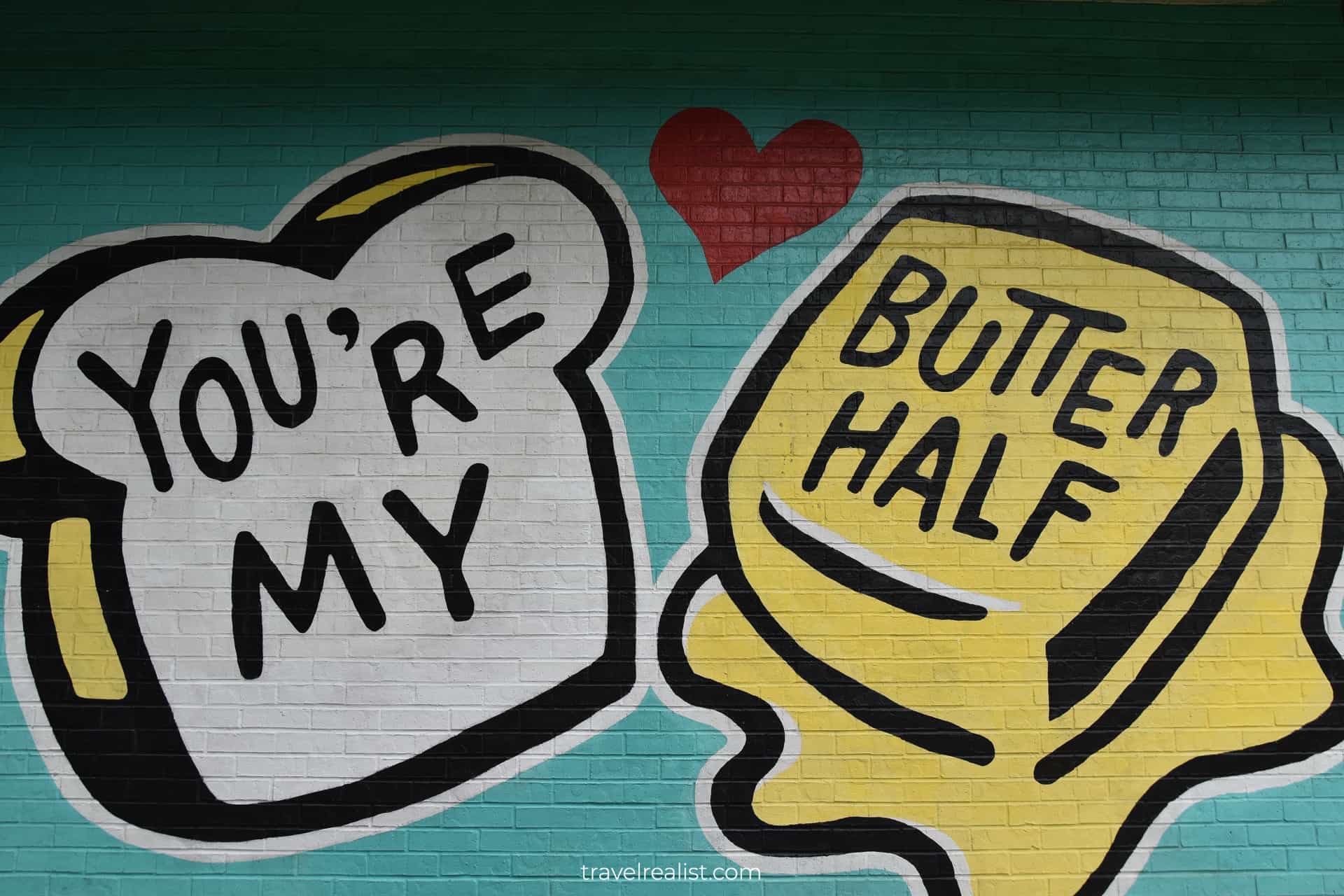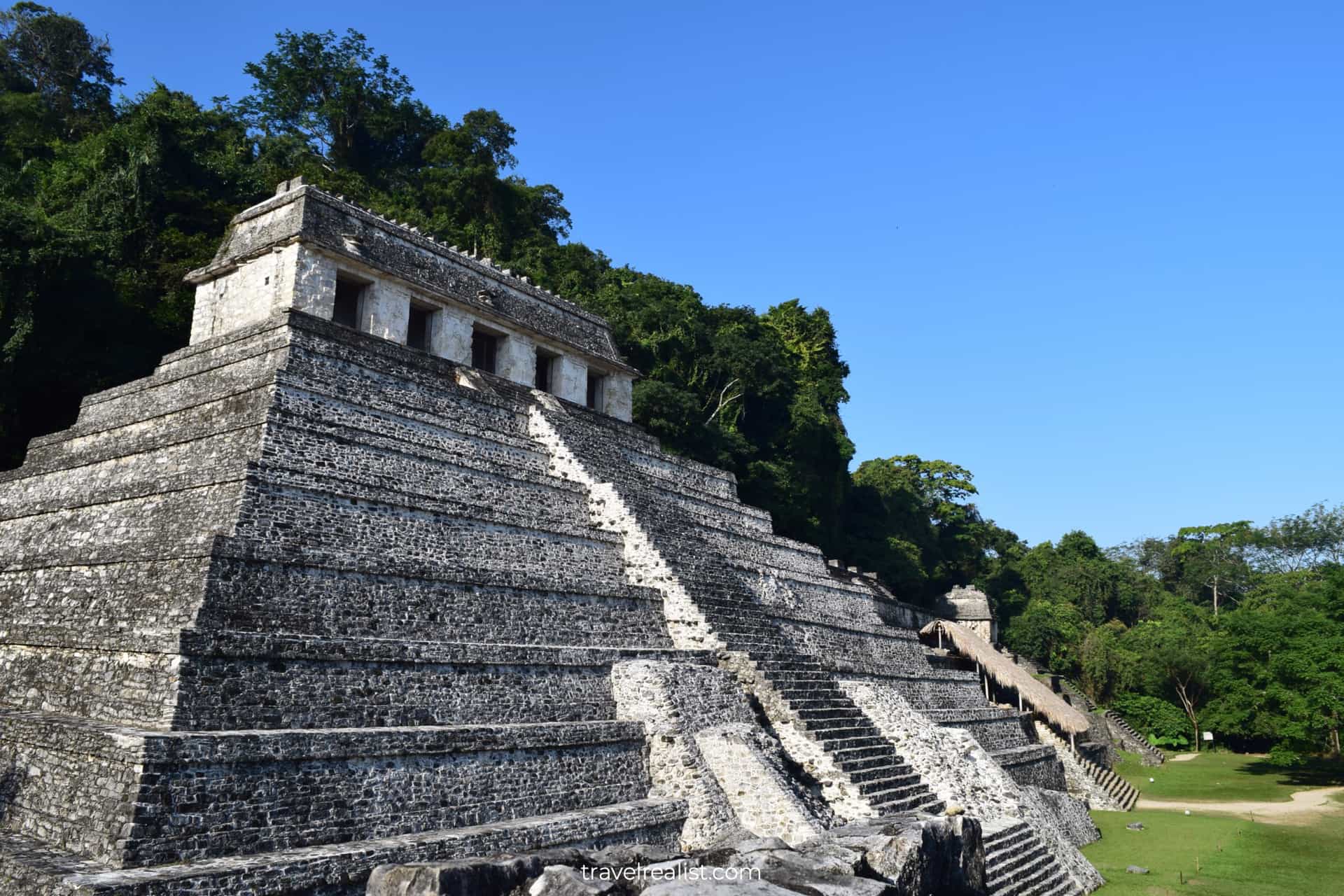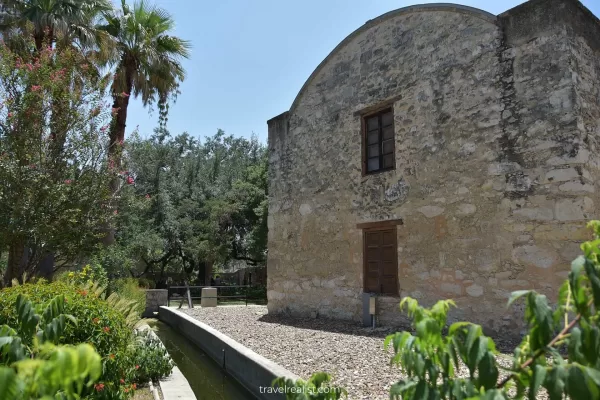Petrified Forest: Scenic Drive Among Tree Stumps in A Pink Desert
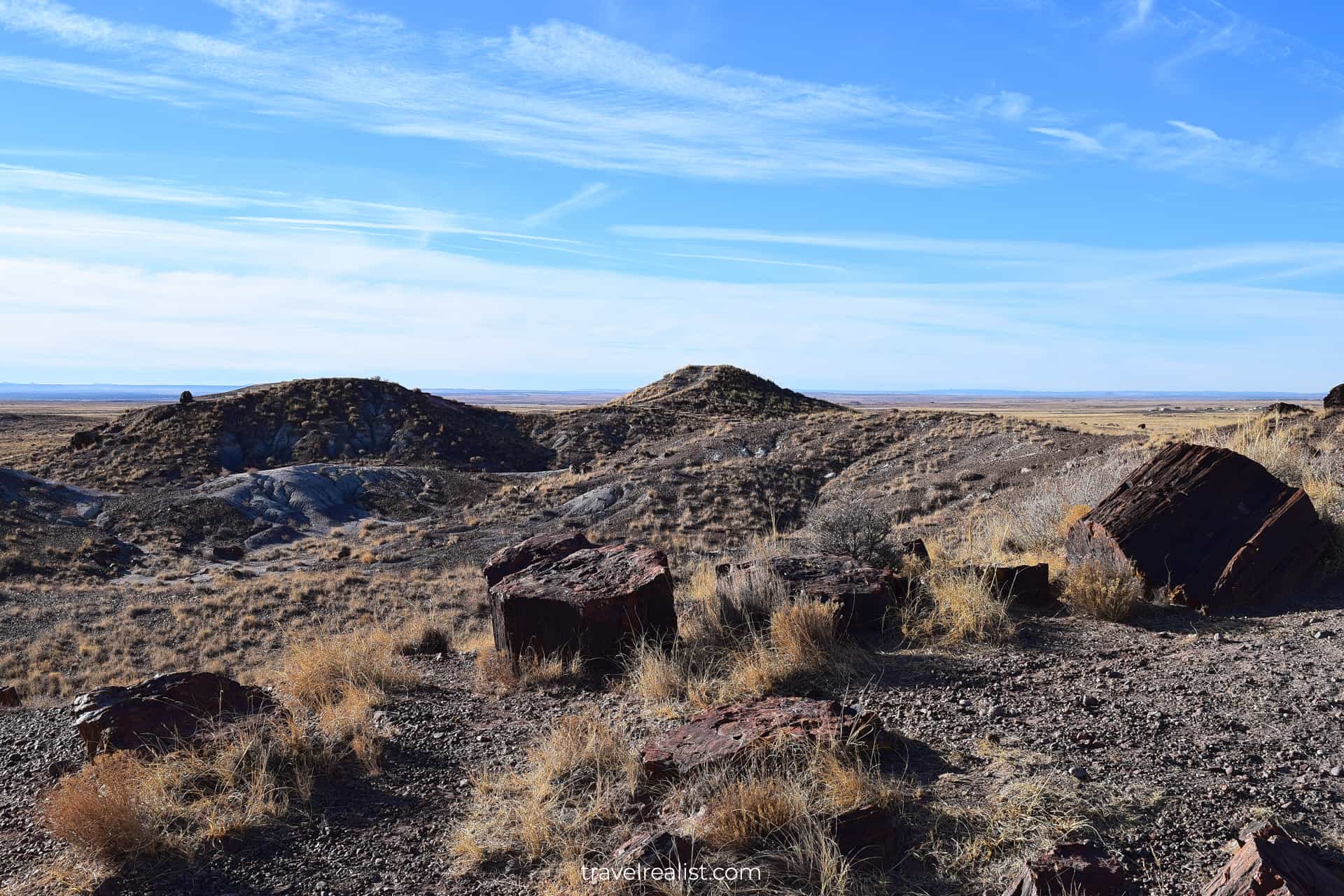
This realistic Petrified Forest Scenic Drive Guide helps you plan your next adventure in this national park.
Petrified Forest is a park with fossilized ancient trees and desert landscapes.
- Sights & Places of Interest
- 1. Rainbow Forest
- 2. Giant Logs
- 3. Long Logs & Agate House
- 4. Crystal Forest
- 5. Jasper Forest
- 6. Agate Bridge
- 7. Blue Mesa
- 8. The Tepees
- 9. Newspaper Rock
- 10. Puerco Pueblo
- 11. Route 66
- 12. Painted Desert Viewpoints
- 13. Painted Desert Inn
- 14. Kachina Point Onyx Bridge
- 15. Tiponi Point & Painted Desert Visitor Center
- Getting to Petrified Forest
- Where to Stay near Petrified Forest
- Entrance Requirements & Passes
- Takeaways: Petrified Forest Scenic Drive
This post includes affiliate links that will earn us commission if you make a purchase via these links.
Sights & Places of Interest
Most people visit Petrified Forest to see petrified logs. There are plenty of ancient trees in the south area of the park.
But there is more to this park than the ancient tree stumps. Desert and badlands landscapes take over as the major attractions in the north section of Petrified Forest.
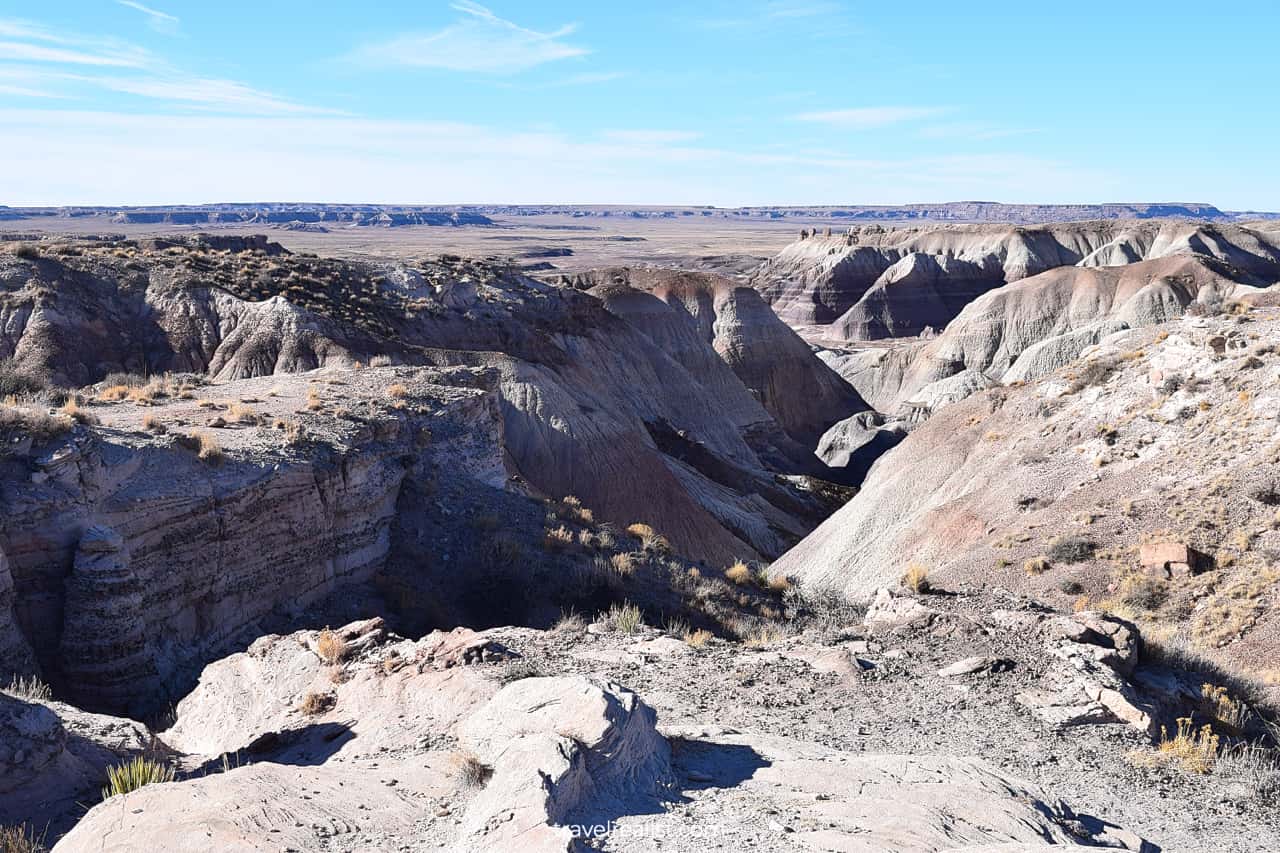
A drive on the scenic Petrified Forest Road is the best way to see all the sights in the park. The scenic drive has 28 miles (45 km). It connects Rainbow Forest down south with the Painted Desert up north.
This Petrified Forest Scenic Drive Guide covers both areas of the park. It starts with the petrified logs in Rainbow Forest. The Guide then takes you through the viewpoints on the drive all the way to the Painted Desert.
1. Rainbow Forest
Rainbow Forest is the first attraction on the Petrified Forest Scenic Drive if you enter via the South Station. It is the first stop in the national park. This area has the first fossilized trees you could easily see.
The forest is also home to the Visitor Center and the Museum. It is a good stop if you are looking to get expert advice from park rangers and use amenities.
You should head to the Museum to learn more about the origin of the fossilized trees. Explore the exhibits of prehistoric animals.
Once you get a sense of the origin of the park’s sights, you can go explore the petrified trees.
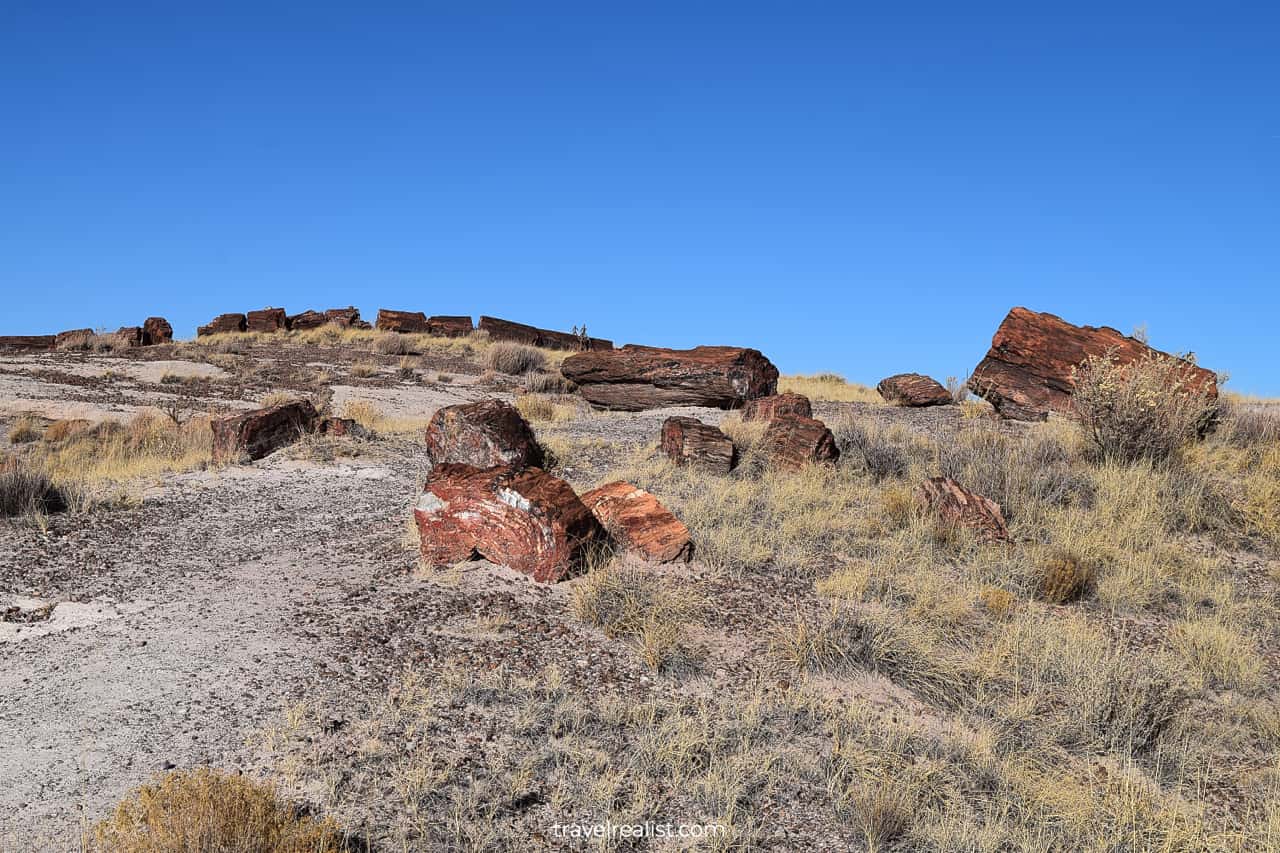
2. Giant Logs
This part of the park has a handful of fossilized trees. You can find most of them in the Giant Logs area. It is right behind the Rainbow Forest Museum and Visitor Center.
There is a 0.5-mi (0.8-km) loop trail. This accessible path brings you between the petrified trees. You can spend about 15 to 20 minutes in this area.
Make sure to set the right expectations before visiting this national park. You might imagine walking in a forest with standing trees. You even might think that petrified trees look just like live trees without leaves.
In this case, get ready for a disappointment. Giant logs and other fossilized trees in the park bear little resemblance to these imaginary pictures.
Most of the trees in the park cracked under pressure into smaller logs. These logs are in different places throughout the park. These locations often differ from the places where explorers first found the logs.
As a result, you will be analyzing tree stumps in the desert most of the time. There are just a handful of trees that look somewhat different.
One giant log looks nothing like the nearby stumps. It still broke in a few parts. And this spot is unlikely to be its original location. But at least these parts make up a large fallen tree.
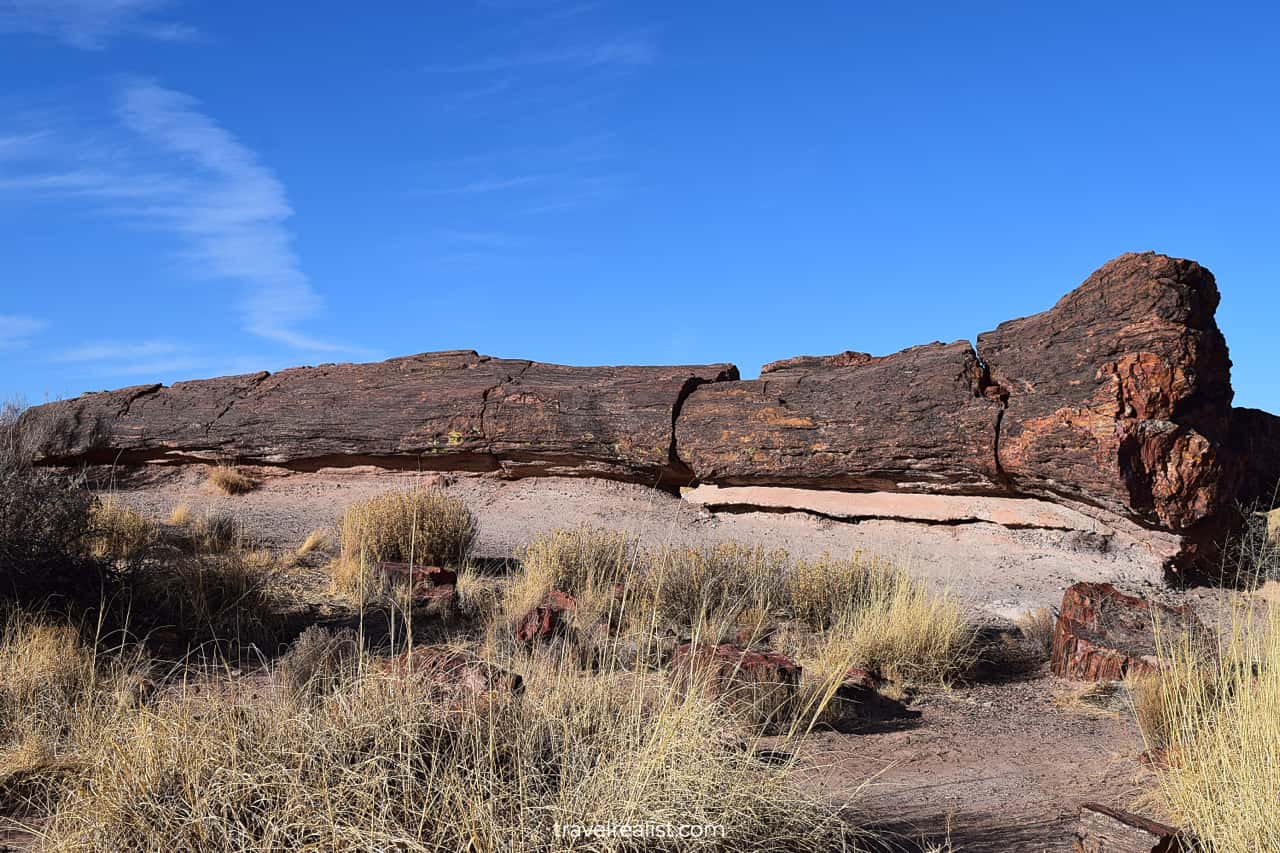
3. Long Logs & Agate House
Once you finish exploring Giant Logs, you could visit a few more sights near Rainbow Forest. Keep your car parked in front of the Visitor Center.
You can take a 2.2-mi (3.5-km) trail to the Long Logs and Agate House. It is an out-and-back trail in the desert. There is absolutely no shade. Wear sunscreen and bring water if you hike this trail.
You will be walking on a paved path for most of the Long Logs Trail. Do not expect to see really long logs. The nearly complete giant log will remain the longest petrified tree you see in the entire park.
There is a house made of the petrified tree stumps at the end of the trail. It has a fair number of fossilized trees.
In fact, this is the place to see the most stumps in one small area. The house looks a bit like Pueblo houses in Wupatki National Monument.
The Long Longs Trail is not the most scenic trail in the park. Unless you have about an hour to spare, you can skip this hiking area all together.
4. Crystal Forest
Hop back in the car and continue your journey. You will drive for a few minutes on the Petrified Forest Road before arriving at the next attraction. You will pass Martha’s Butte on the way to Crystal Forest.
Crystal Forest is a good next stop on the Petrified Forest Scenic Drive. This forest has a similar setup to Rainbow Forest. There is an accessible path. It winds around small hills and petrified tree stumps.
This trail is a loop. You would hike for 0.9 miles (1.5 km) if you include the connecting trail. You will see a lot of tree stumps in Crystal Forest.
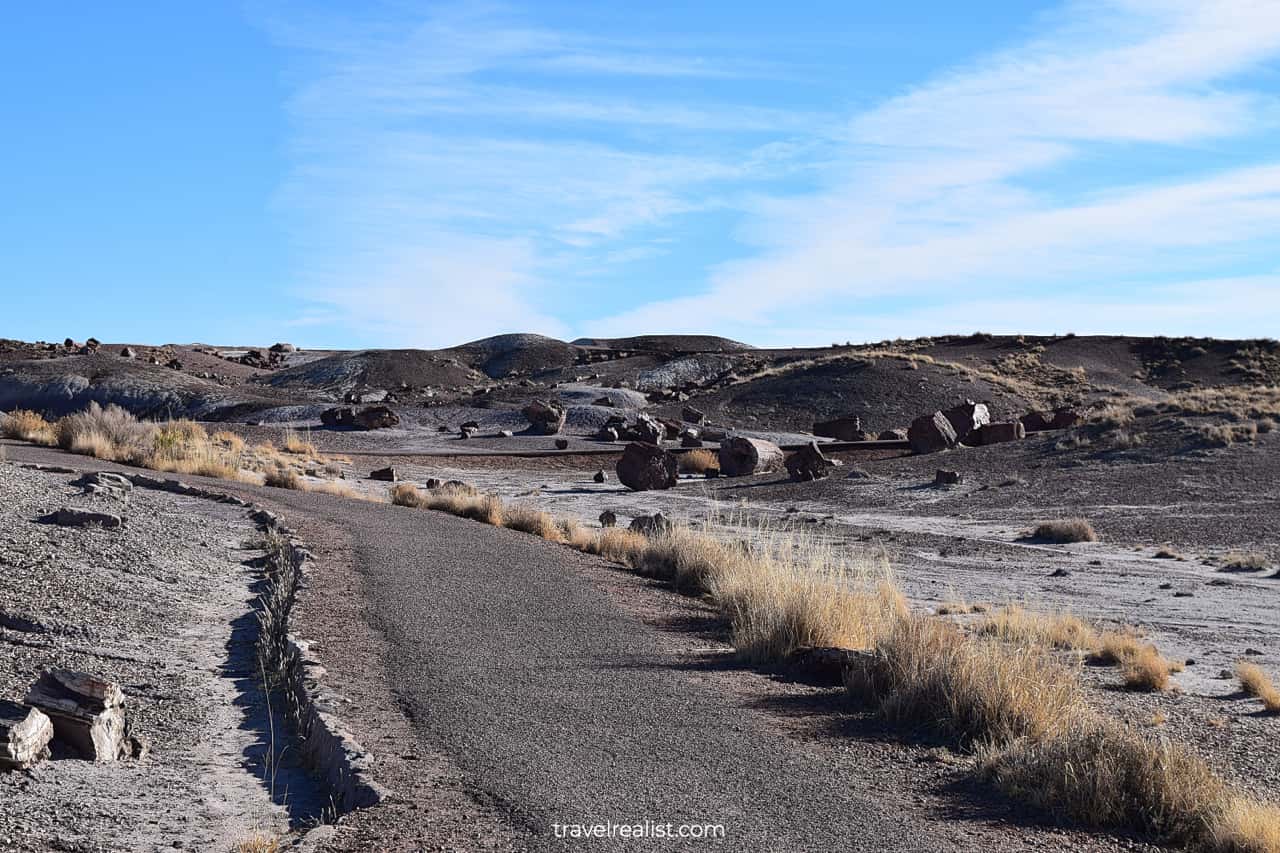
But you might rightfully wonder if this forest is worth your time. This feeling might grow even stronger if you have already visited Rainbow Forest, Giant Logs, and Long Longs.
Yet, there is a good reason for stopping at Crystal Forest and hiking its trail. The tree stumps in this forest are quite different from the trees in other areas of the park.
Crystal Forest lives up to its name. Many of the logs in this forest are not just fossilized. They are crystalized. You can stay on the path and explore these crystals up-close.
Leave no trace and take nothing from Petrified Forest with you. You need to follow park rules and regulations in every national park, monument, or trail. It is even more important in Petrified Forest.
You must refrain from taking any keepsakes with you. It is both illegal and unethical. There are also stories of people feeling cursed after breaking the law and taking artifacts with them.
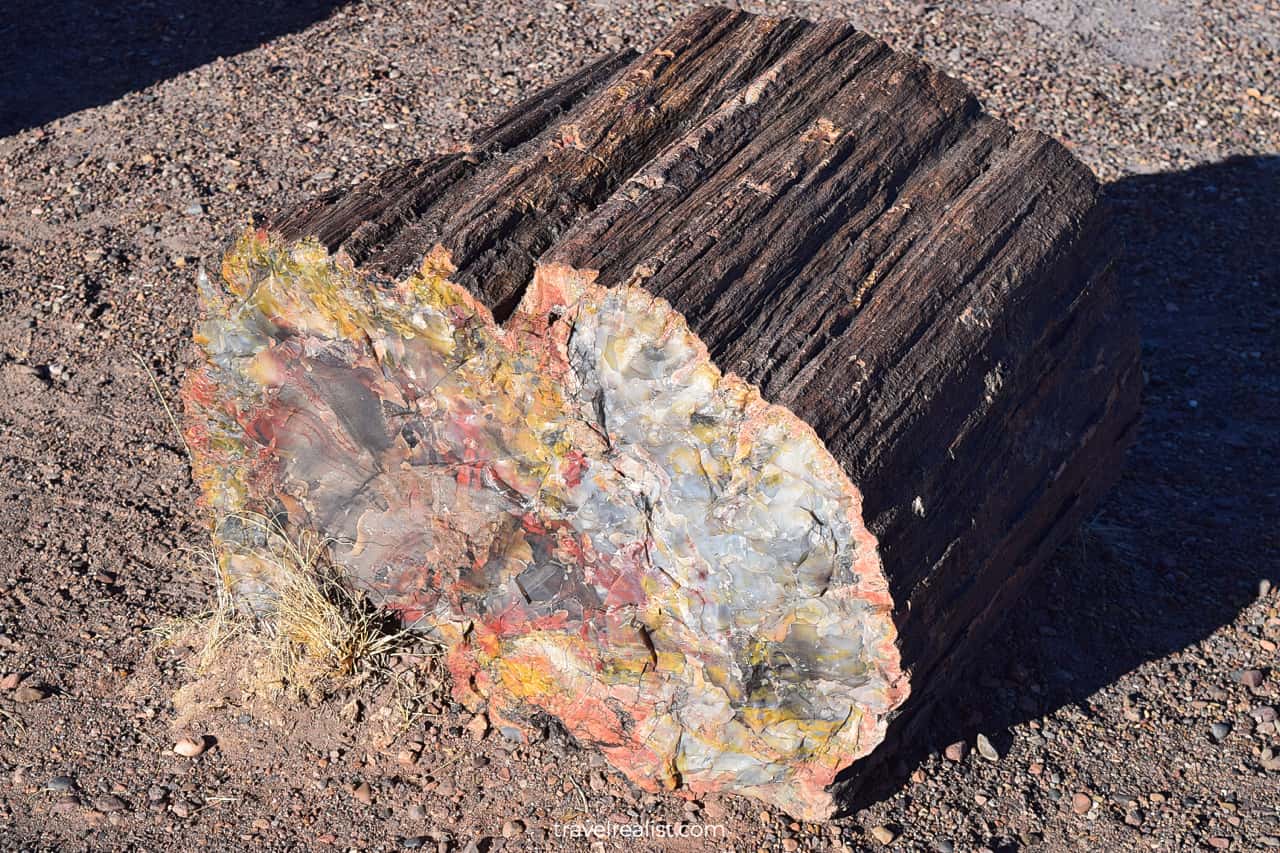
5. Jasper Forest
You can drive to the next attraction in about 5 minutes from Crystal Forest. The Petrified Forest Road will bring you to Jasper Forest.
This area used to carry the name of “First Forest”. It was the first collection of petrified stumps visitors saw in the park when traveling from the north.
You will not see a lot of stumps from the Jasper Forest viewpoint. You would need to hike to get the most from this stop. There are two hiking trails you can choose from.
- First Forest Point Trail: a 2.1-mi (3.4-km) round trip hike. This trail is best for badlands landscapes.
- Jasper Forest Hike: a 2.5-mi (4-km) round trip hike. This is the trail to see the petrified stumps.
You would need to spend a couple of hours to explore Jasper Forest. It might not be worth your time. But you will get good views of the surrounding landscapes right from the viewpoint.
6. Agate Bridge
The next attraction on the Petrified Forest Scenic Drive is worth a stop. The Agate Bridge is just 5 minutes north of Jasper Forest.
You would not need to hike for long to this formation. The Agate Bridge is a fossilized log. This log is a natural bridge. It connects two parts of a canyon.
It looks as if the park added some reinforcements below the log. They preserve the integrity of this fossilized bridge. But the view is slightly less breathtaking.
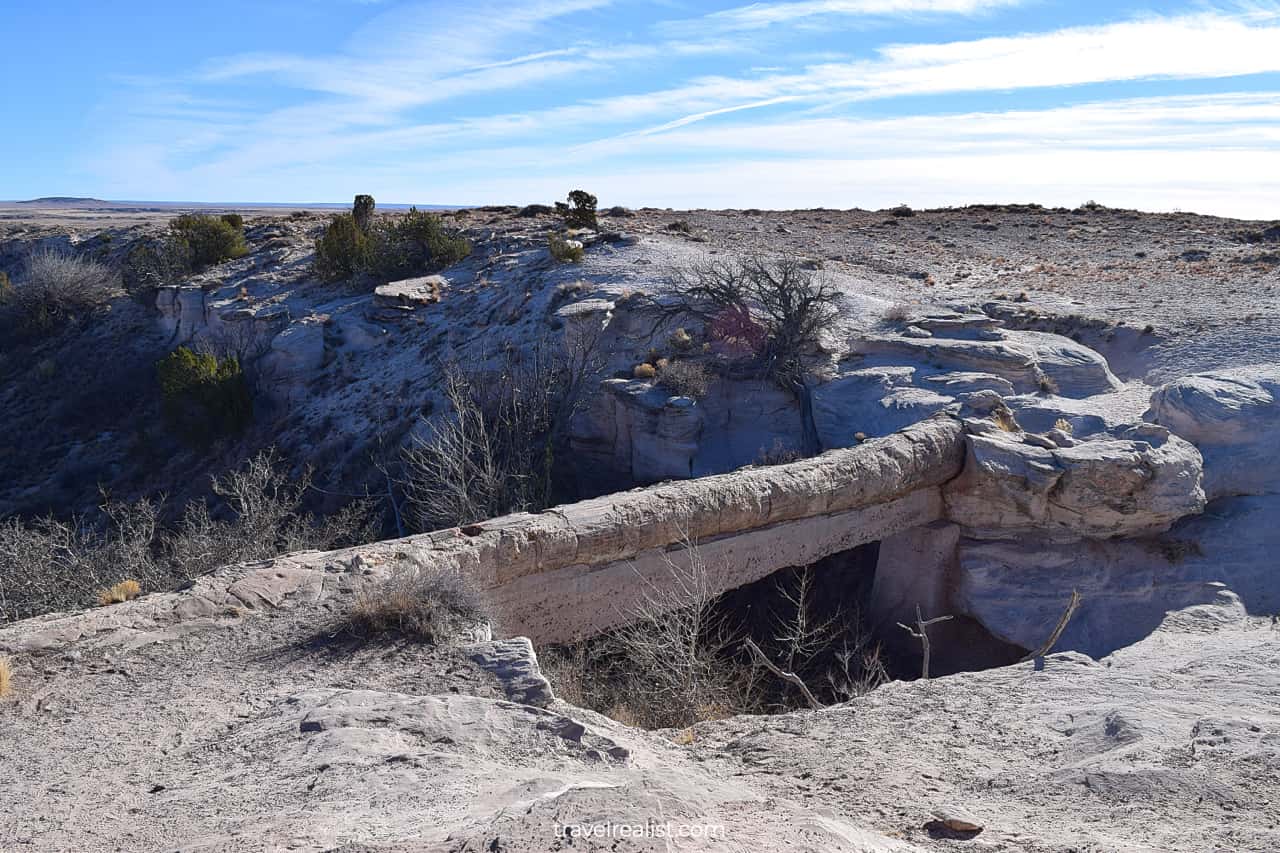
7. Blue Mesa
As you get back on the road, you will start to see fewer and fewer petrified tree stumps. Except for the Onyx Bridge in the northernmost area of the park, there are no other tree exhibits.
It means that you would need to focus on exploring other sights in the park. Luckily, the landscape will start to get more scenic quite soon.
You should take a side road from the Petrified Forest Road to see Blue Mesa. The Blue Mesa Scenic Road is a 5-mi (8-km) drive. About halfway into the drive, the road becomes a one-way loop.
You can stop at a few viewpoints. There is also a 3-mi (4.8-km) Blue Forest Trail. It brings you from Blue Mesa to the Tepees on the Petrified Forest Road.
You can explore a shorter trail if you do not want to hike all the way to the Tepees. In this case, you will hike 1 mile (1.6 km).
You might think that you will see blue tree stumps on this trail. But the name is wrong in this case. There are very few petrified trees on the Blue Forest Trail.
Blue Mesa resembles Badlands National Park far more than a petrified forest. This landscape is not unique to this national park. You can see it all across the Western United States and the Great Plains.
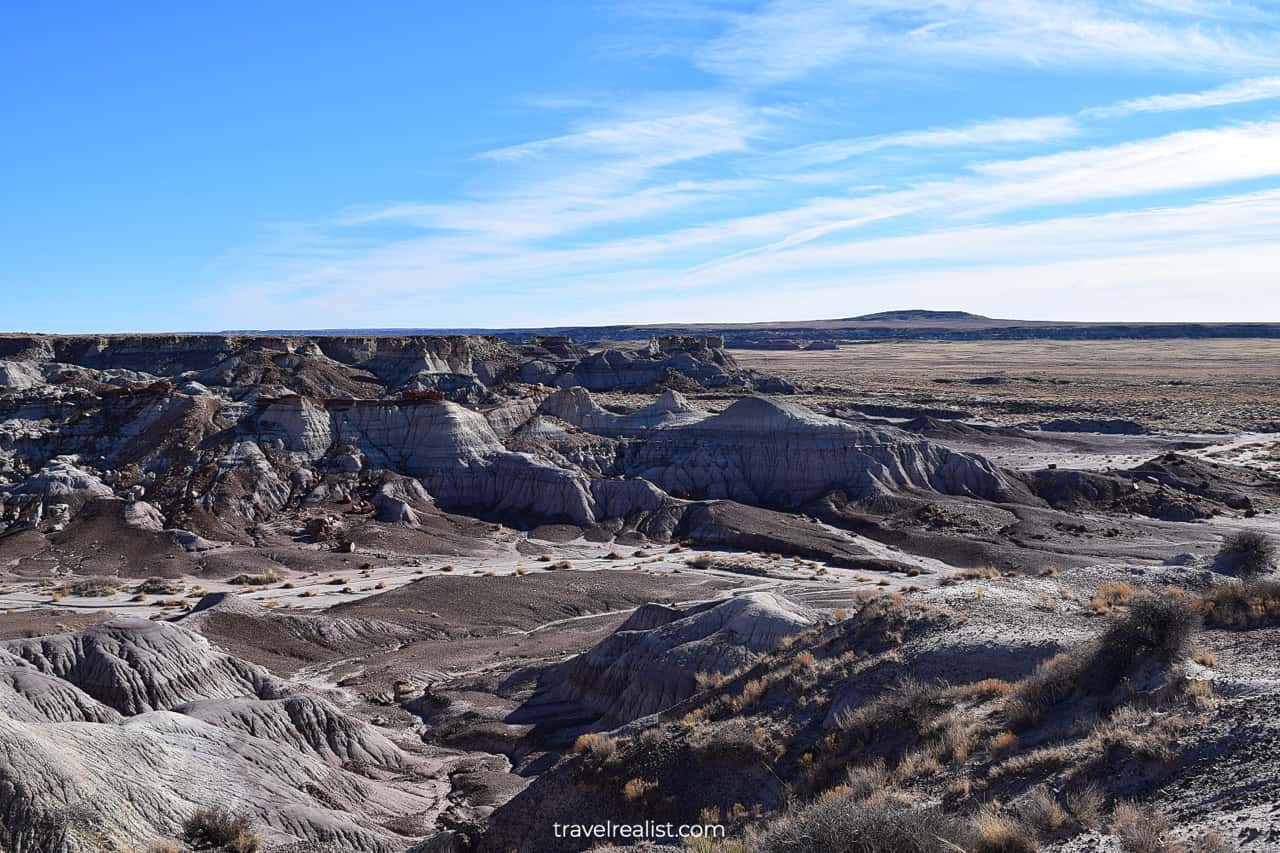
8. The Tepees
You will have a chance to explore the Blue Forest formations without needing to hike. Get back on the Petrified Forest Road and stop at the Tepees viewpoint.
You will see the conical hills right from the scenic drive. Their multicolored layers look somewhat similar to the Polychrome Overlook in Denali National Park.
9. Newspaper Rock
The next few stops in the park might not wow you. They will appeal most to the history lovers. Newspaper Rock is the first in the list of these sights.
As the name suggests, it is a petroglyph panel. You can reach it in just a few minutes from the parking lot. But you will barely see any petroglyphs on Newspaper Rock.
The rock is below the viewpoint. You would need to use a spyglass to see the petroglyphs. As a result, Newspaper Rock is not as great as the petroglyph panels in Capitol Reef and Valley of Fire.
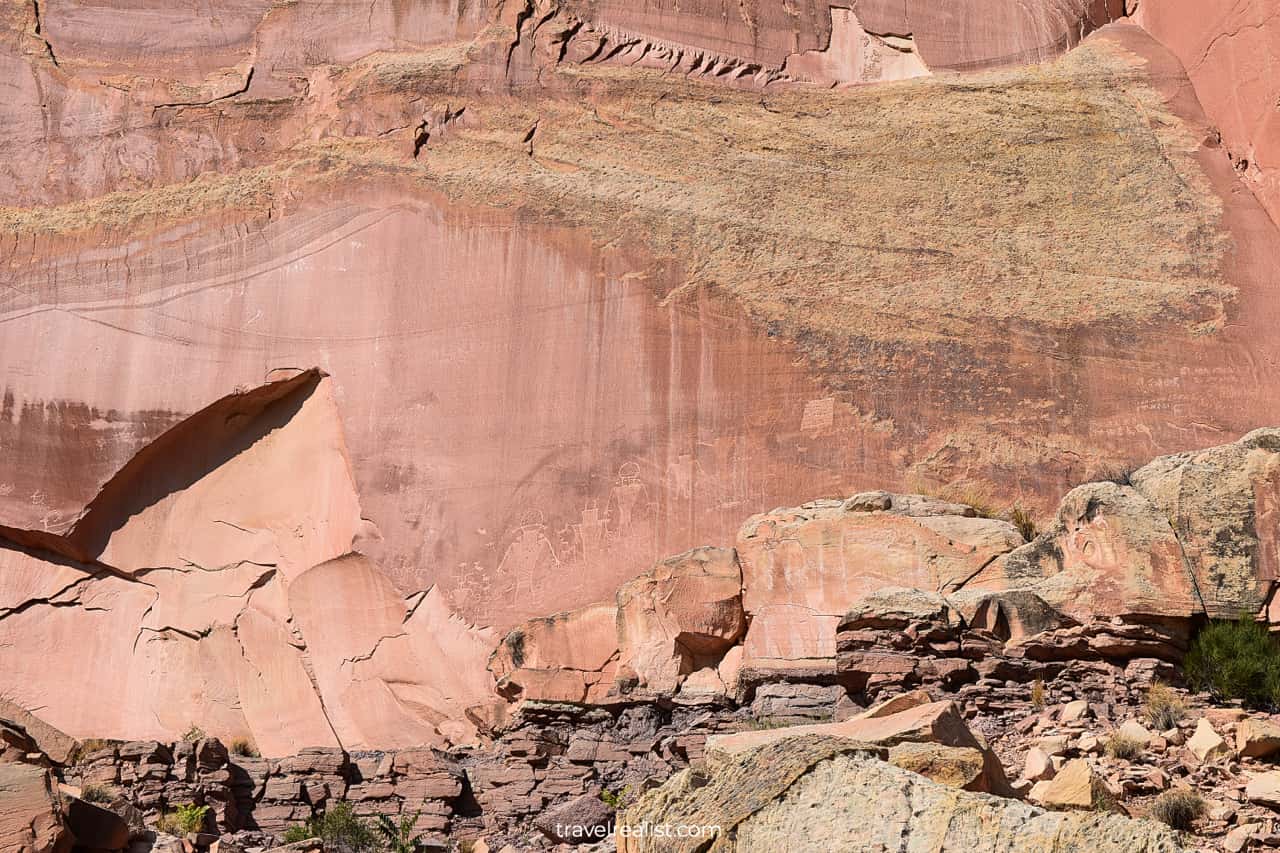
10. Puerco Pueblo
Puerco Pueblo is the next stop in Petrified Forest. It has remnants of an old house. There are also some petroglyphs to see along the trail. The loop trail is just 0.3 miles (0.5 km).
But you will see just a foundation of the house at this viewpoint. Unless history is your main interest for visiting Petrified Forest, you can skip this trail.
11. Route 66
The same advice goes for the Route 66 viewpoint. You would have to drive for nearly ten minutes from Puerco Pueblo to even reach this overlook. You will cross the railway and Interstate Highway I-40 first.
The viewpoint is at a place where Route 66 used to go through the park. You will not miss it thanks to a 1932 Studebaker. There is not much to see there other than an rusty old car without wheels, doors, and windows.
12. Painted Desert Viewpoints
You might start to give up on Petrified Forest National Park at this point. But the park is just building up anticipation. You are about to enter the Painted Desert, the most scenic area of Petrified Forest.
There are 10 viewpoints in the Painted Desert. It is almost as many viewpoints as in the rest of the park combined. And all of these viewpoints are within a 6-mile (10-km) stretch of the Petrified Forest Road.
You will first see badlands landscapes at the Lacey Point. But the landscape will change as soon as you get to the Whipple Point and Nizhoni Point.
The badlands will gain vivid pink, yellow, and red colors. This is a sight to see. Not many other places in the United States are as beautiful as the Painted Desert.
You should continue your journey on the Petrified Forest Scenic Drive. Stop at the Pintado Point and Chinde Point. The latter is the closest viewpoint of this beautiful desert.
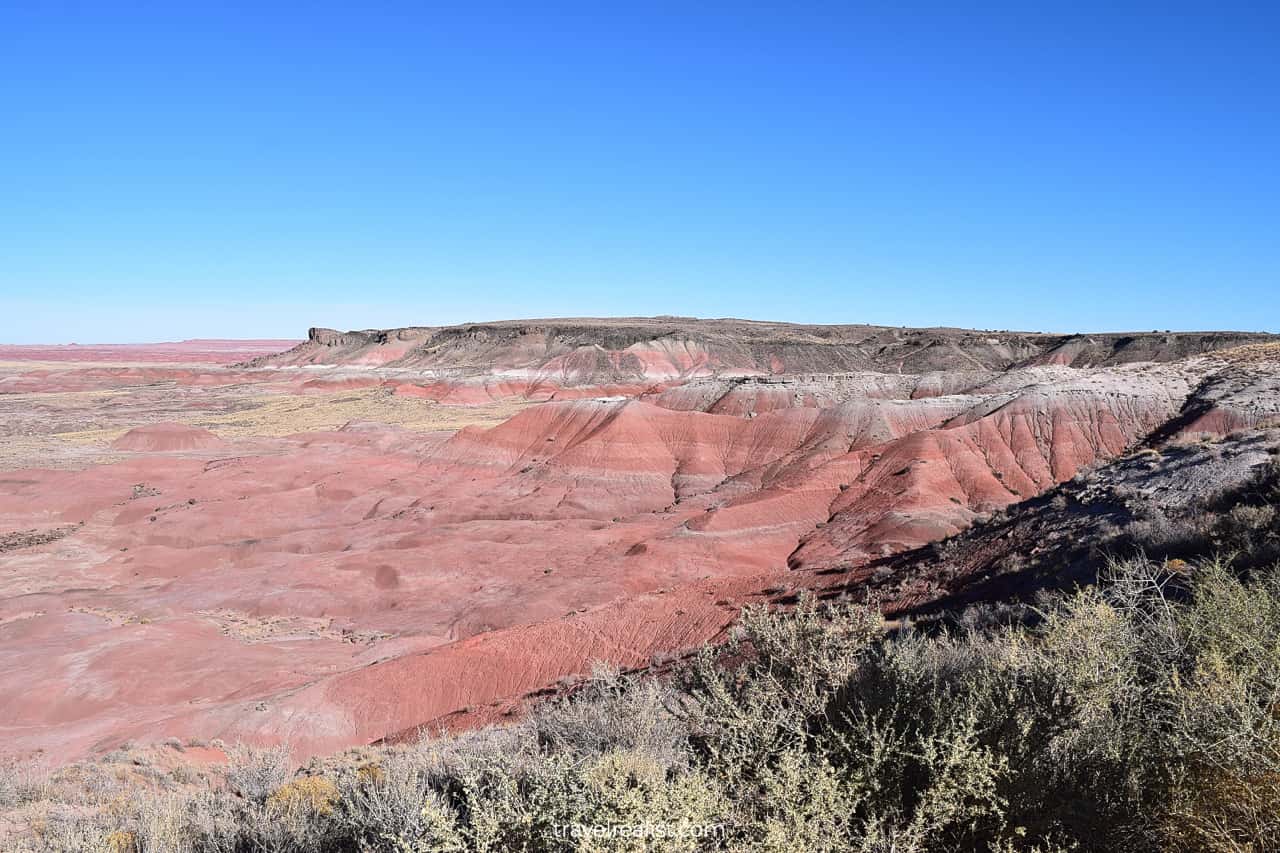
13. Painted Desert Inn
The next stop in the park is another treat for architecture and history lovers. It is the Painted Desert Inn. This 100-year old hotel used to provide lodging on Route 66.
It is made of petrified wood and local stones. The building is now a museum with an ice cream stand in the summer.
14. Kachina Point Onyx Bridge
Most of the multicolored landscapes of the Painted Desert are in the wilderness area of the park. You can admire its beauty from the viewpoints.
But there is one exception to this rule. Stop at the Kachina Point. It is a great viewpoint to see the desert. There are also a few hiking trails that start at this trailhead.
You can take the Painted Desert Rim Trail. In this case, hike to the Tawa Point and back. This out-and-back trail covers 1.1 miles (1.8 km).
The southbound trail continues for another 1.1 miles from the Tawa Point to the Painted Desert Visitor Center.
This leg of the trail goes inland, away from the Painted Desert. It is far less scenic than the route to the Tawa Point.
You could also hike to the Onyx Bridge. This trail will bring you the furthest into the Painted Desert. Get ready for a 4-mi (6.4-km) round trip hike.
The views of a fossilized tree log in the surreal desert will serve as a reward for a lengthy hike.
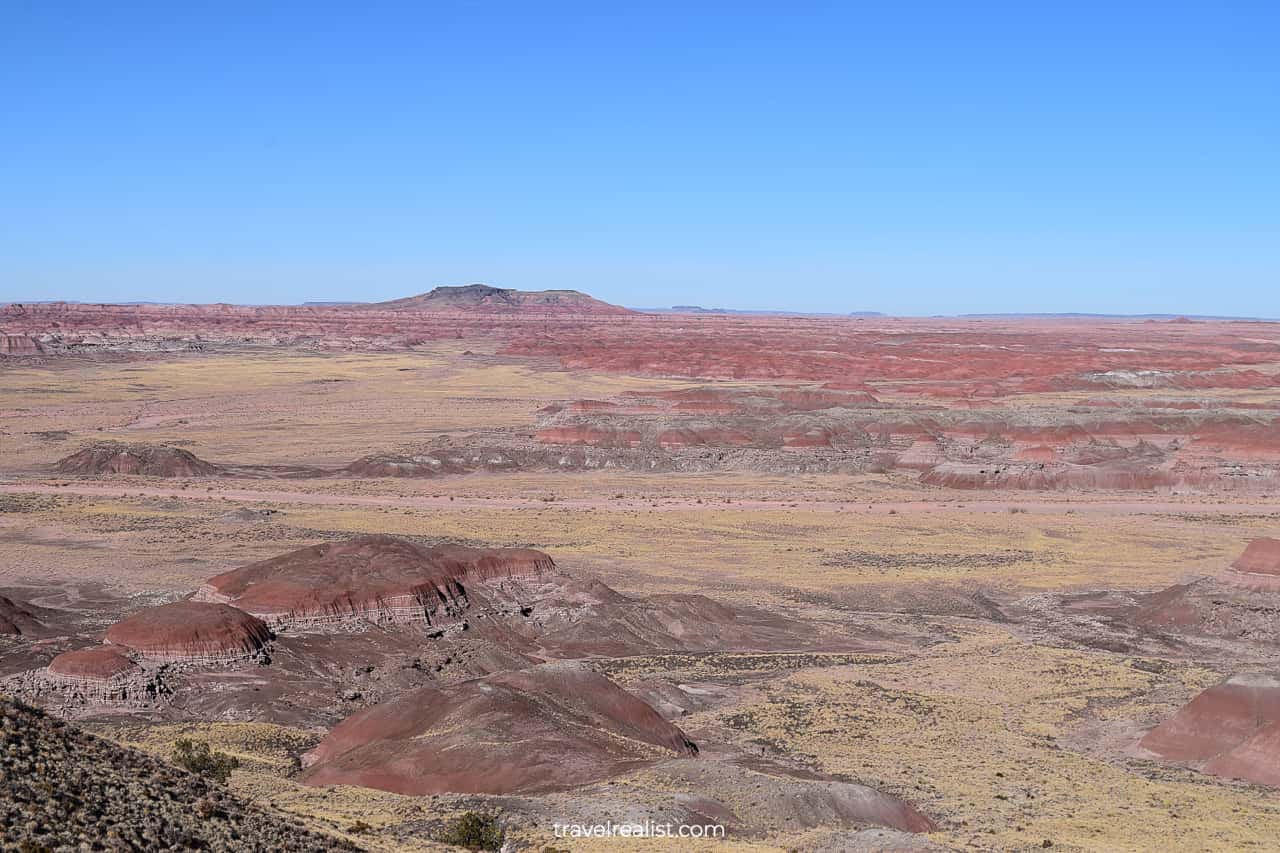
15. Tiponi Point & Painted Desert Visitor Center
The Tiponi Point and the Painted Desert Visitor Center are the last stops on the Petrified Forest Road.
The former viewpoint lacks some of the beauty of the Kachina and Pintado Points. But it is your last chance to get a glimpse of the Painted Desert.
The Visitor Center is a great stop to grab some food and use amenities. It is one of the few rest stops for miles and miles. Pay a visit to this Visitor Center if you have a long journey ahead.
Continue with this Petrified Forest Scenic Drive Guide. You will learn more about ways to get to the sights, entrance requirements, and places to stay.
Getting to Petrified Forest
Petrified Forest National Park is in Northeastern Arizona. This park is closest to the town of Holbrook. St Johns and Sanders are the other towns somewhat near the park.
Petrified Forest is in-between Highways I-40 and US-180. The scenic Petrified Forest Road connects these highways. The park has two entrances.
- The south entrance is closest to Highway US-180.
- The north station is right off Interstate Highway I-40.
Phoenix, Arizona and Albuquerque, New Mexico are the closest large cities to the park. It takes 3.5 hours to reach the park from Phoenix. A drive from Albuquerque is bit shorter. It takes about 3 hours.
Still, Phoenix is a much larger city and airport hub. More people visit Petrified Forest from the capital of Arizona.
You could enter the park through either station. The Petrified Forest Road will bring you through the entire park.
Drive to the South Entrance if petrified logs are the main thing you want to see in this park. Take the North Entrance if the Painted Desert is your main attraction.
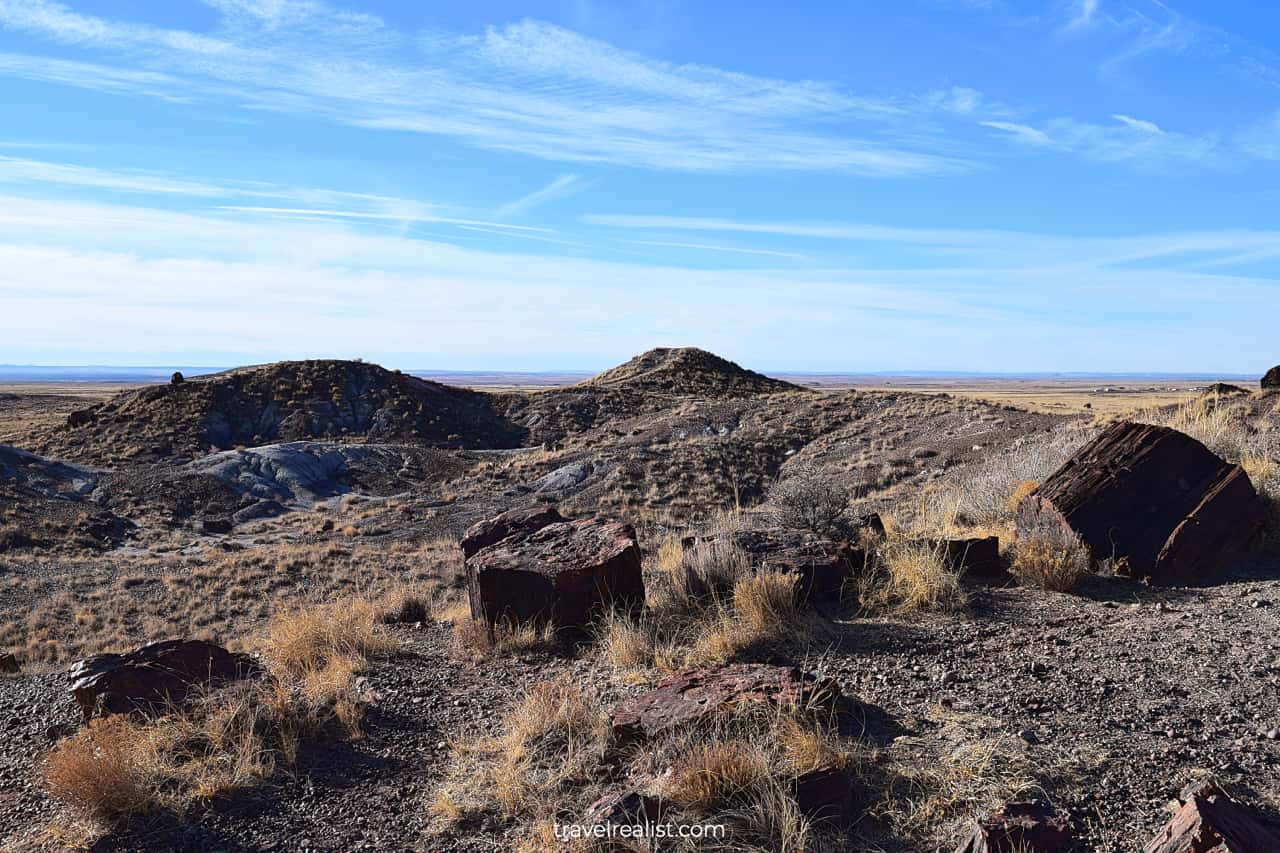
Where to Stay near Petrified Forest
There are few places to stay in Northeastern Arizona. Holbrook will be your destination if you would like to stay close to Petrified Forest National Park.
There are few hotels in this town. But you should still be able to find a good option.
You could also expand your search to Flagstaff. This town is about 1.5 hours from Holbrook. But it has a major advantage. It is the closest large town to Grand Canyon.
As a result, it has a lot more places to stay than Holbrook. You will have more hotels and vacation rentals to choose from.
You could also make Flagstaff a hub for visiting nearby sights, like Sunset Crater, Sedona, or Antelope Canyon. Still, there might not be enough places to stay if you visit the park during the high season.
Entrance Requirements & Passes
Petrified Forest National Forest is open year round between 8 a.m. and 5 p.m. There are barriers at the entrances that will prevent you from entering the park after-hours.
- Both the Painted Desert and Rainbow Forest Visitor Centers follow this schedule.
- The Painted Desert Inn is open from 9 a.m. to 4 p.m. daily.
The park charges fees of $25 per car. Do not forget your America the Beautiful annual pass. The pass will cover admission fees for you and your companions.
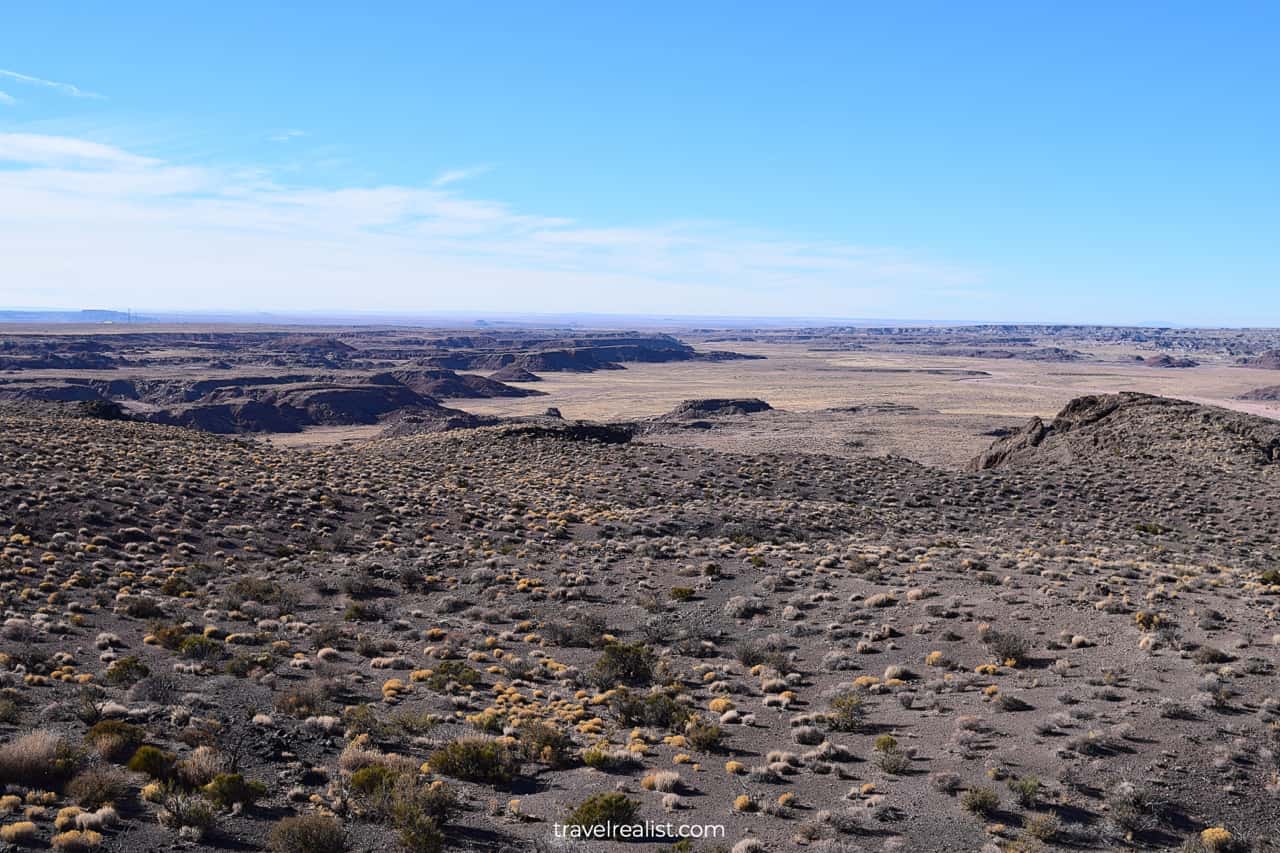
Takeaways: Petrified Forest Scenic Drive
Petrified Forest National Park is a scenic park. It is quite easy to visit Petrified Forest thanks to its proximity to major Interstate Highway I-40.
If you decide to stop by this park, manage your expectations. You will face disappointment if you expect to see tall petrified trees there.
Almost all fossilized trees in the park were moved from their original location. Most of the park looks a lot like a forest that was cut down. These views might not be worth a longer drive from I-40.
On the other hand, the landscapes in the northern part of the park are quite captivating. You can see Arizona badlands and desert.
The Painted Desert area is absolutely breathtaking. This viewpoint is right next to the Interstate Highway. There are no reasons to not visit Painted Desert.
Take a look at this Best Places to Visit in Arizona Video Playlist. And visit the YouTube channel for the latest videos.
Frequently Asked Questions
Petrified Forest has fossilized tree stumps and a vivid badlands and desert landscape. It is a great park to visit if you are driving on Interstate Highway I-40 in Northeastern Arizona.
The Petrified Forest Road is a 28-mi (45-km) scenic drive. You need to budget at least 75 minutes to drive through the park. Add more time if you plan on hiking the trails and exploring the viewpoints.
The Painted Desert area of Petrified Forest is right off I-40 and is well worth a visit. It is harder to justify a 90-minute detour to see fossilized tree stumps in the southern part of the park.
You can do plenty of things in Petrified Forest:
– Admire the pink, red, and yellow Painted Desert.
– Learn about history at the Painted Desert Inn, Route 66, and Puerco Pueblo.
– See petroglyphs at Newspaper Rock.
– Enjoy badlands at Blue Mesa and the Tepees.
– See petrified trees at Agate Bridge and Onyx Bridges.
– Hike among fossilized tree logs in Crystal Forest and Rainbow Forest.
Visit the Painted Desert area of Petrified Forest if you have an hour in the park. This area is right off I-40. It has very few petrified logs. But it is one of the most beautiful deserts in the American Southwest.
A handful of people who took park artifacts as keepsakes reported misfortune after their visit. A park museum has a room with letters and confessions from the petrified tree thieves. Do not be like them and take only memories from the park.
Safe realist travels!

